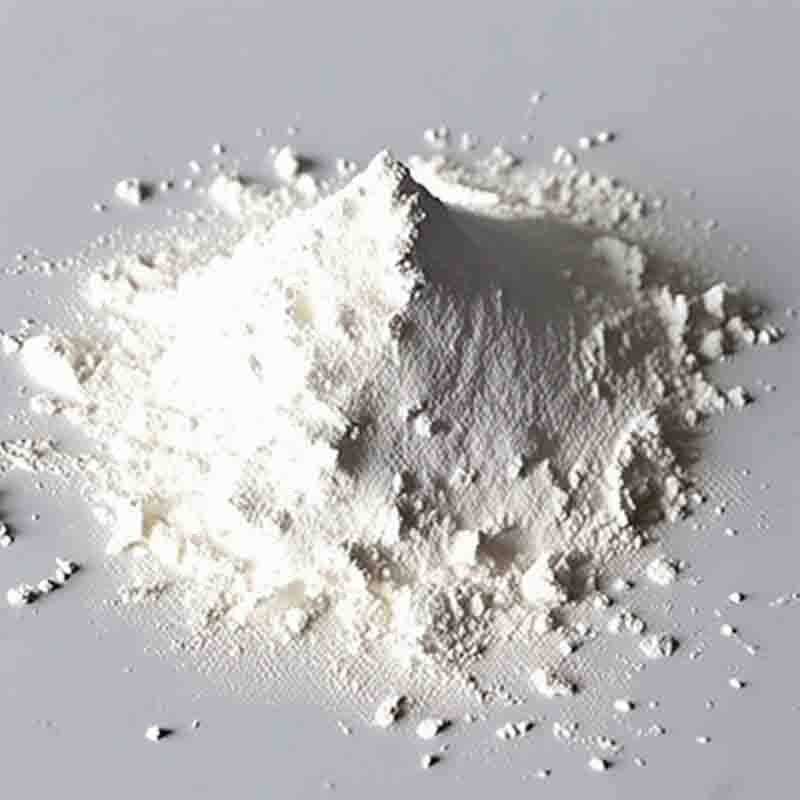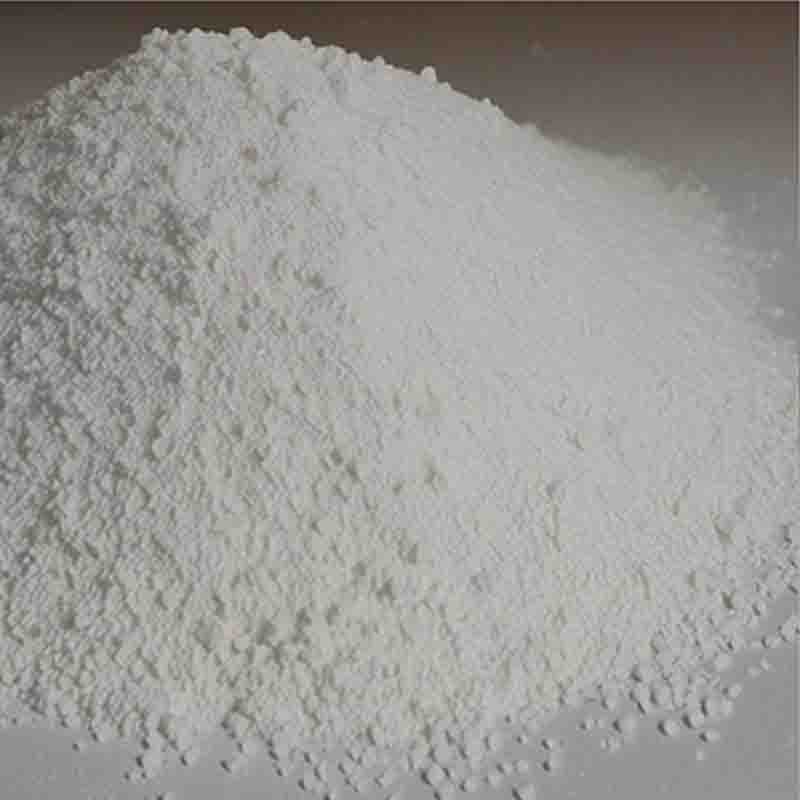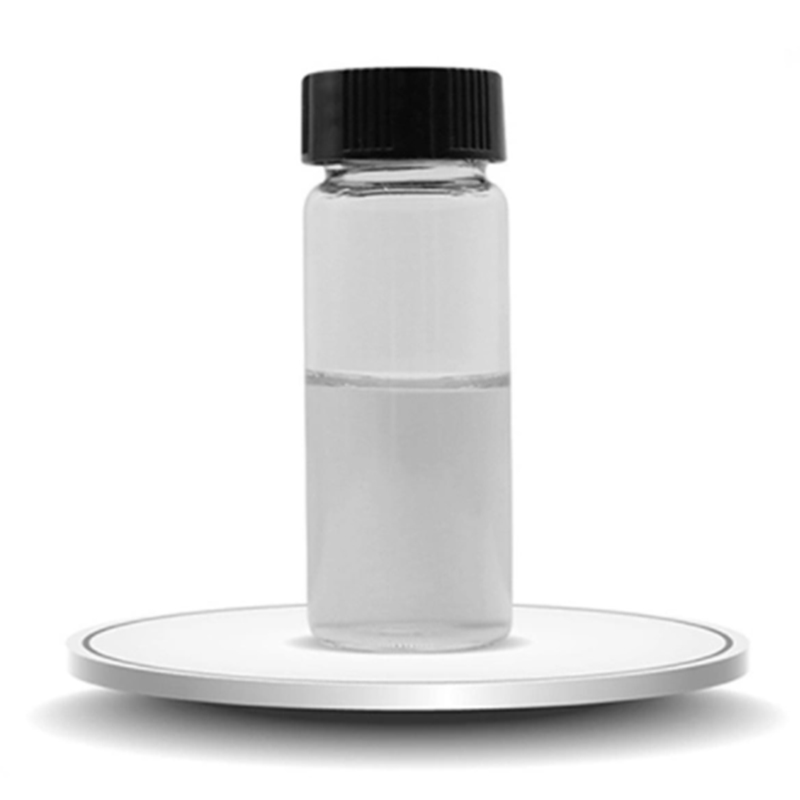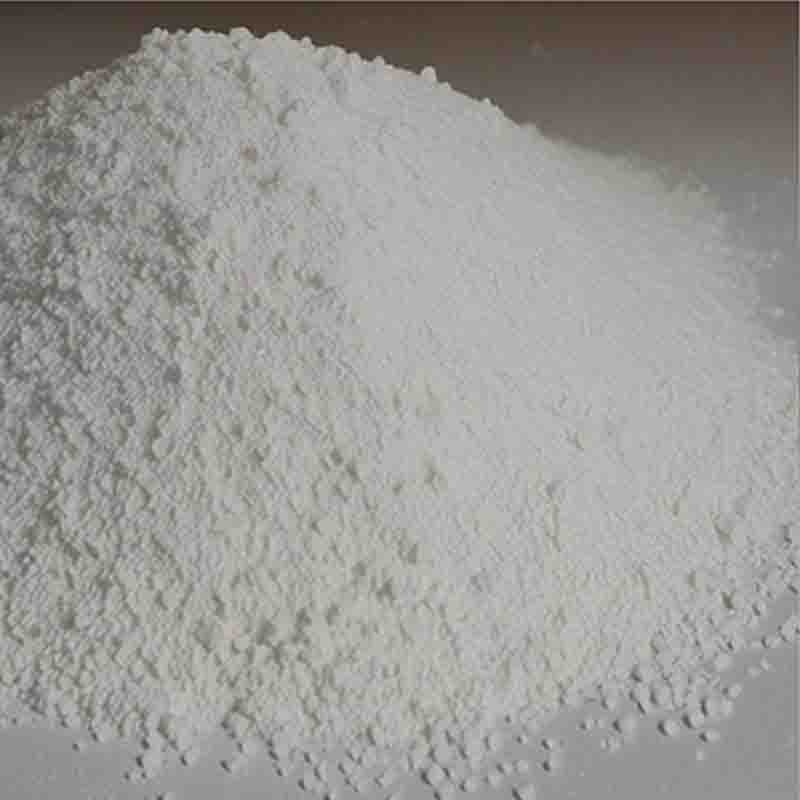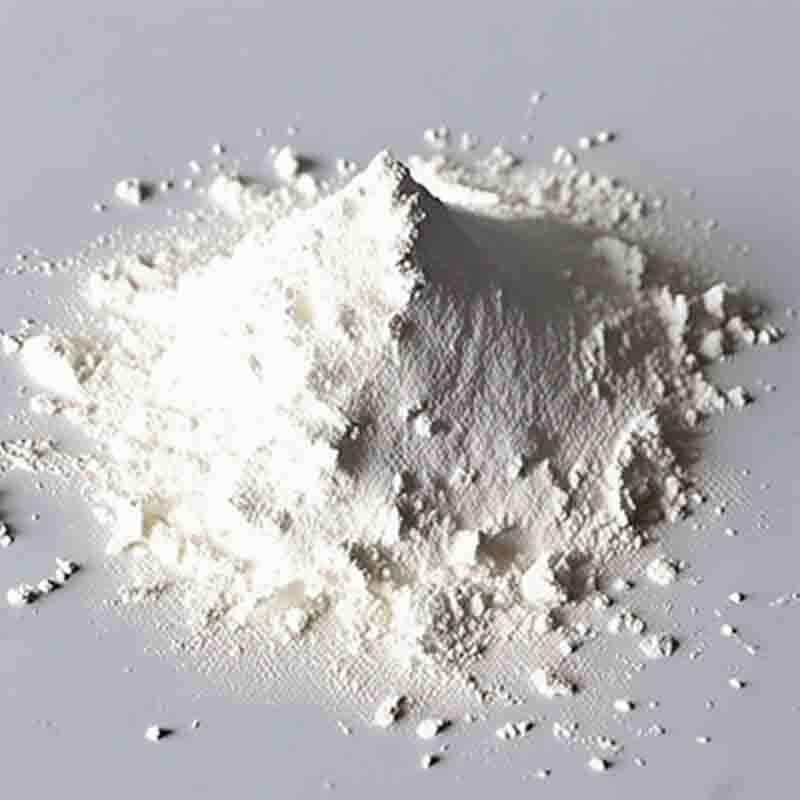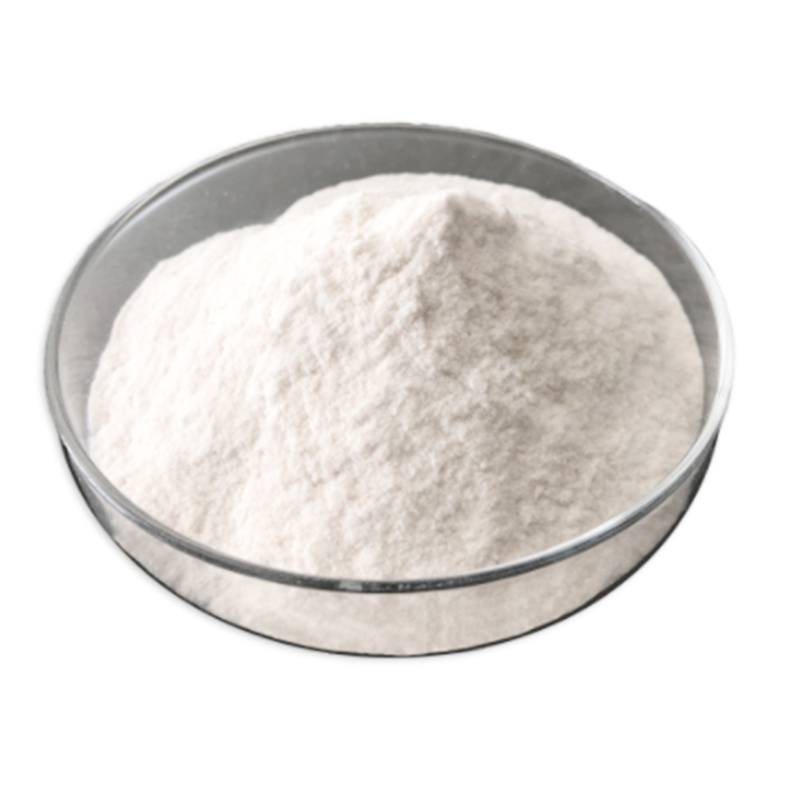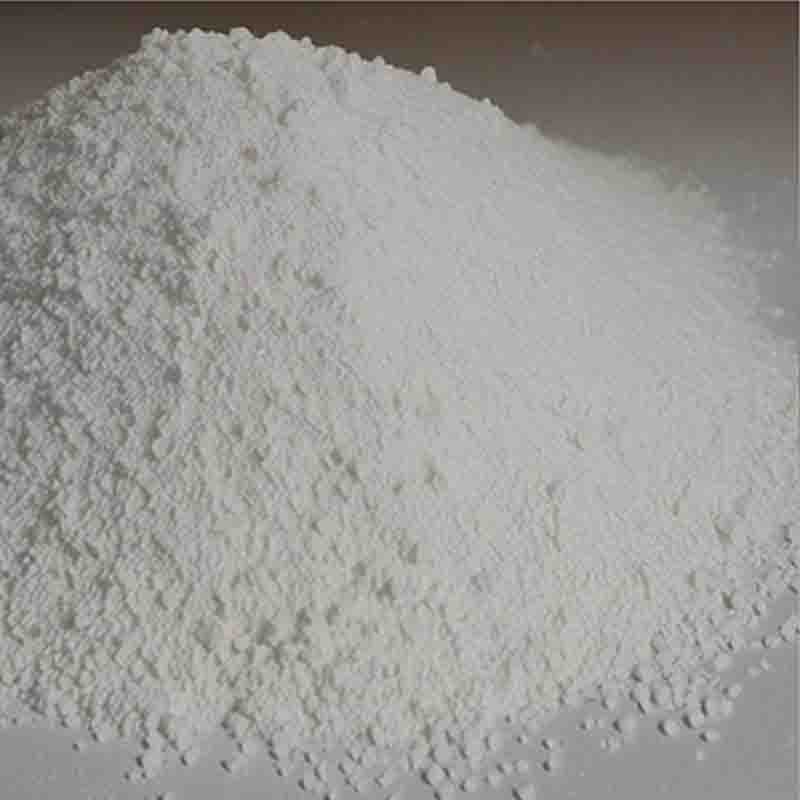2-Bromopropene CAS:557-93-7
| Catalog Number | XD95779 |
| Product Name | 2-Bromopropene |
| CAS | 557-93-7 |
| Molecular Formula | C3H5Br |
| Molecular Weight | 120.98 |
| Storage Details | Ambient |
Product Specification
| Appearance | White powder |
| Assay | 99% min |
2-Bromopropene, also known as 1-bromo-2-propene, is a chemical compound that has been studied for its various effects in different applications. This compound has shown potential in several areas, including organic synthesis, polymer production, and as a starting material for the synthesis of other compounds.One significant effect of 2-Bromopropene is its reactivity as an electrophile in organic reactions. Being an alkyl halide, it can undergo various types of reactions, such as nucleophilic substitutions and eliminations. For example, 2-Bromopropene can react with nucleophiles like amines or alcohols to form new carbon–nitrogen or carbon–oxygen bonds, respectively. These reactions have been widely used in organic synthesis to create complex molecules or modify existing ones.Moreover, 2-Bromopropene has been employed in the production of polymers. It can be used as a monomer in the synthesis of polymeric materials like polyethylene or polypropylene. In the presence of catalysts, 2-Bromopropene can undergo polymerization reactions to form long chains of repeating units. These polymers have various applications, ranging from packaging materials to fibers and films. Additionally, the presence of the bromine atom in the polymer can provide additional properties like flame retardancy.It's worth noting that 2-Bromopropene should be handled with caution due to its potential health hazards. It is considered toxic and can cause irritation to the skin, eyes, and respiratory system upon exposure. Proper safety measures, such as wearing protective equipment and handling the compound in a well-ventilated area, should be followed to minimize any potential adverse effects.In conclusion, 2-Bromopropene exhibits important effects in organic synthesis and polymer production. It can participate in various reactions as an electrophile, leading to the formation of new bonds and the synthesis of complex molecules. Additionally, it can be used as a monomer for the production of different types of polymers. However, the compound should be handled with care due to its toxicity, and appropriate safety precautions must be taken when working with it.


